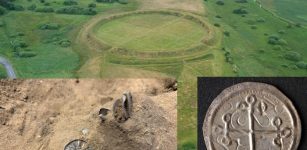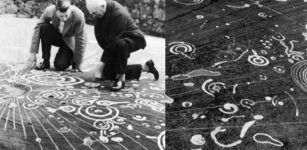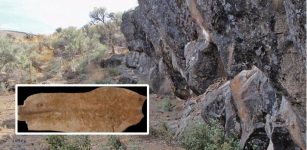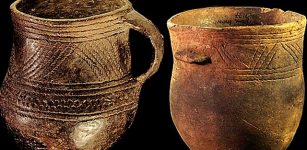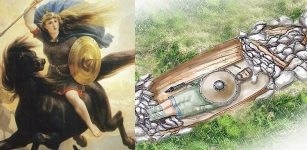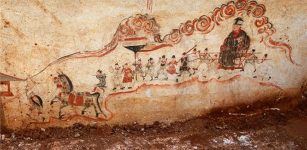A 7,000-Year-Old Warrior Skeleton Buried With Stone Axe And Horn-Tipped Arrow – New Discovery In Siberia
MessageToEagle.com – There have been numerous interesting archaeological discoveries in Siberia over the last few years.
The country has a rich ancient history and there are still many more ancient mysteries scientists will have to unravel.
Archeologists and students from Kemerovo State University have just discovered the first “New Stone Age” burial mound and the remains of a 7,000-year-old warrior skeleton buried with stone axe and horn-tipped arrow.
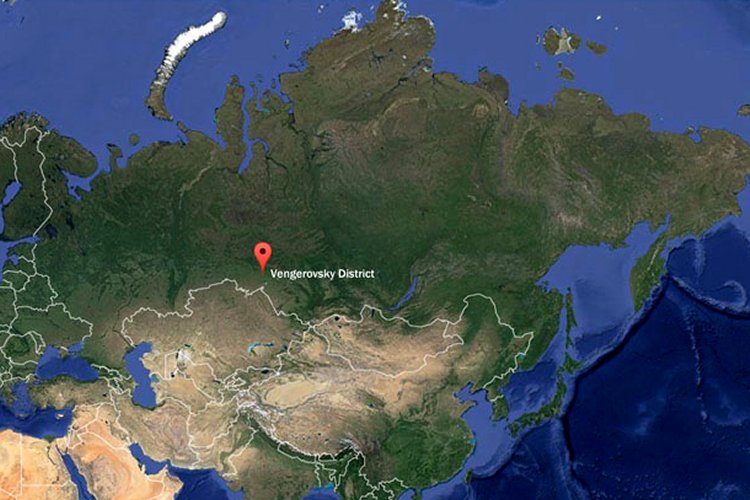
In a first for Siberia, burial mound, dated to the ‘New Stone Age’, archaeologists also discovered the remains of nine people, including women and children.
‘In the lower layer, they discovered a man with a stone axe and a horn tipped arrow,’ said the university’s press service.
‘It is a fair assumption to say, as this fact proves, that the burial mounds emerged much earlier than the Bronze Age, in Neolithic times.’
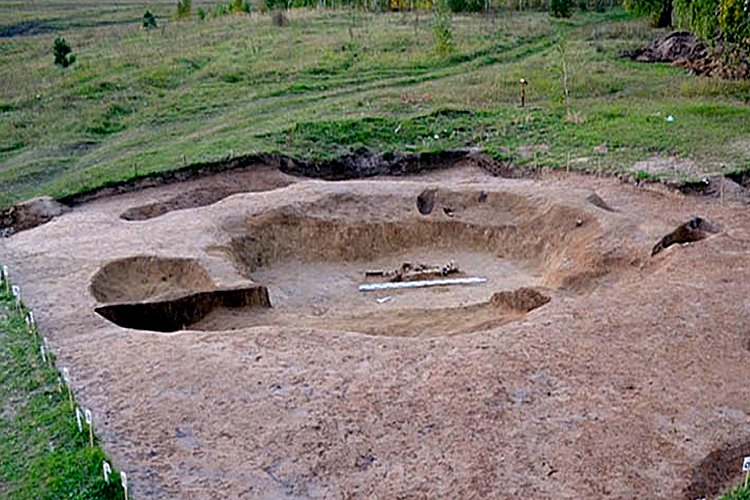
Dwellings of ancient people were also found close to the mound which may have contained a family grouping. At least in Siberia, it was thought until now that such burial mounds – signaling a new stage of development for early man – came later.
‘It means there had been major changes in the socio-economic structure of the society,’ Professor Vladimir Bobrov told TASS news agency.
‘It is safe to assume that the process of destruction of collectivism, on which early tribal societies were based, began in Neolithic times.’
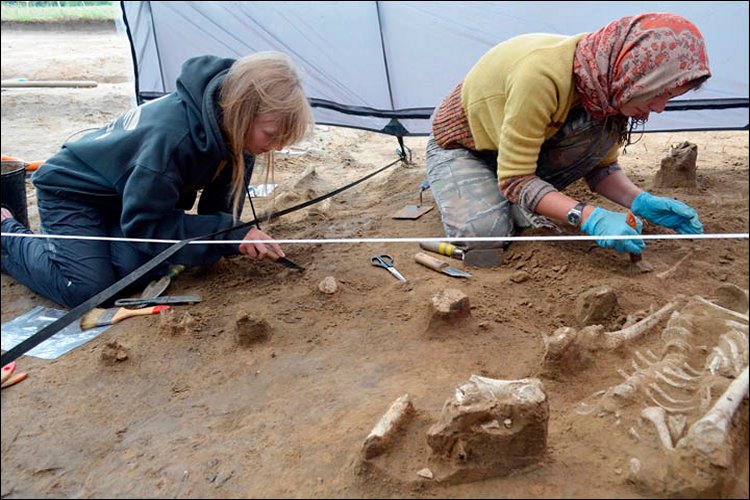
‘For the most part, the events that took place in the area that we now call Western Siberia were much more interesting and thought-provoking than previously thought.’
Previous efforts to find Stone Age mounds had ‘failed’.
As Professor Bobrov explained, the burial mound that we have found most probably dates back to the Late Stone Age, 5-4 millennia BC. It was previously thought that burial mounds appear at the end of the fourth to the beginning of the third millennium.
The discovery was made in the Vengerovsky District of Novosibirsk region of Siberia and now, archaeologists will establish the age of the human remains.
MessageToEagle.com
Source: The Siberian Times

